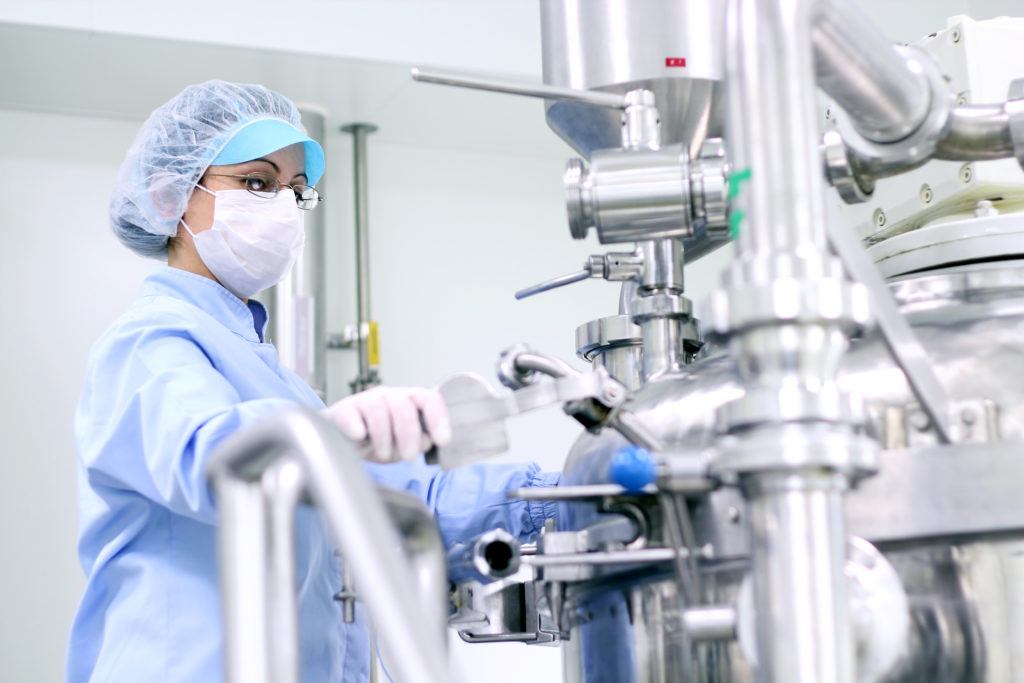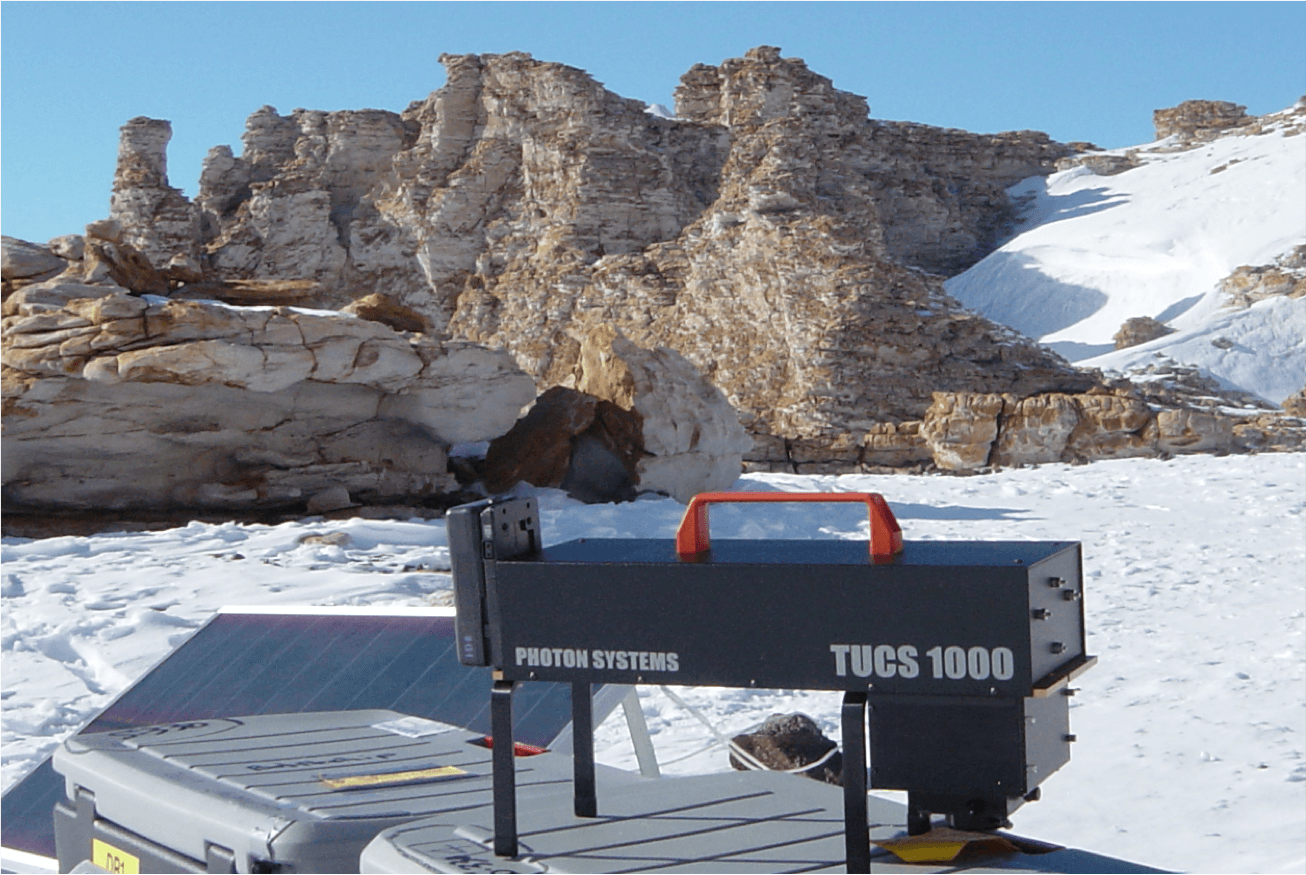Detecting and quantifying trace residue concentrations of active pharmaceutical ingredients (API), excipients, and washes during cleaning validation procedures on pharmaceutical manufacturing equipment is one of the single largest costs associated with the manufacture of pharmaceutical drugs. Current cleaning validation cost are dominated by high labor cost of swabbing and ~90 hours of manufacturing equipment down time due to exhaustive lab (HPLC) analysis throughput limitations.
Presently, pharmaceutical companies pill process manufacturing require about 12 hours to blend and press a tablet, the machines are then broken down and washed (4 hours). The swabbing, 25cm2 area at 100 to 300 locations within each piece of manufacturing equipment, extracting residual contamination picked up by each swab, and running each sample through an HPLC instrument, which takes at least 30 minutes per sample accounts for (90 hours) 4 days after manufacturing a single batch of pills to validate that they have adequately cleaned the equipment, within internal and FDA regulations, in preparation for manufacturing a new batch of pills. This is a very laborious process and combined with the idle time of the manufacturing equipment is a very expensive part of pharmaceutical manufacturing cost.
The Photon Systems’ deep UV TraC instrument can reduce the time to validate the cleaning process to less than 4 hours and virtually eliminate equipment down time and eliminate the need for sample collection, extraction and testing with HPLC reducing cost associated with cleaning and turnaround by 1000 times or more.
Photon Systems has already demonstrated to a leading global pharmaceutical manufacturer that we can reduce the cleaning validation process to a few hours. We have currently tested several active pharmaceutical ingredients such as antidepressants of the serotonin-norepinephrine reuptake inhibitor (SNRI) class and beta blockers, cleaning washes such as SumaStar, Diver Wash, and CIP-200, as well as excipients such as microcrystalline cellulose, ethyl cellulose, magnesium stearate, and starch. We accomplished this with a demonstrated ability to detect and quantify APIs down to less than 0.2 mg/cm2. The system and method we have demonstrated has the ability to virtually eliminate the extensive labor cost by eliminating the need for sample collection, extraction, and testing with HPLC and the vastly reduced and materials and time cost associated with machine down time. The cleaning validation cost savings to pharmaceutical manufacturers is still under study, but it is massive.

Key Issues
Quality
- Reduction of human errors
- Reduction of the “art” of sample acquisition and testing
- Decreased risk to production
Safety
- Decreasing the number of operations
- Improving knowledge
- Reducing/improving cleaning cycles
Cycle Time
- Processing samples on the “shop floor”
- Enabling business decisions at the point of process
- Decreased wait time
Downloads
TraC
Rapid Cleaning Verification with the TraC Trace Chemical Detector. Highly selective and sensitive real time optical scanning.
ChemCal
A trace chemical detector like the TraC is acceptable for P.A.T. and many other applications only if you can accurately calibrate its performance and generate reproducible chemical concentration curves. That is why we created the ChemCal.
TUCS 1000
TUCS 1000 is a handheld instrument for providing detection of laser based detection of trace chemical in the fg amount or pg/cm² concentration range using deep UV fluorescence with excitation at 224.3 nm or 248.6 nm.
Get In Touch
Keep informed about the latest deep UV developments at Photon Systems by joining our mailing list.
ADDRESS
1512 Industrial Park St. Covina, CA 91722-3417
PHONE
626 967-6431



